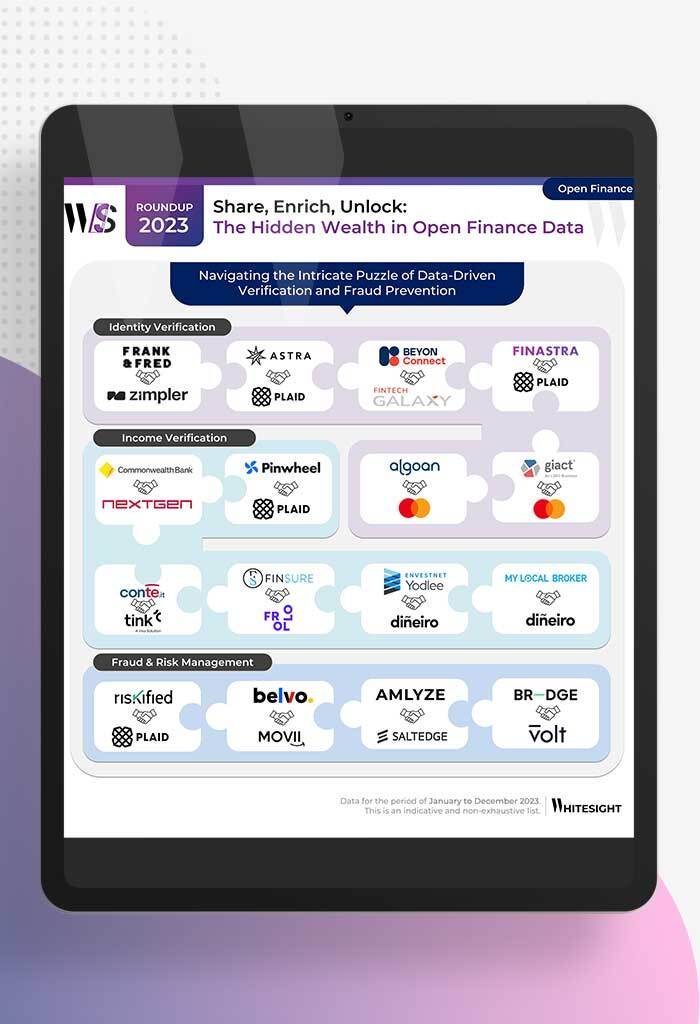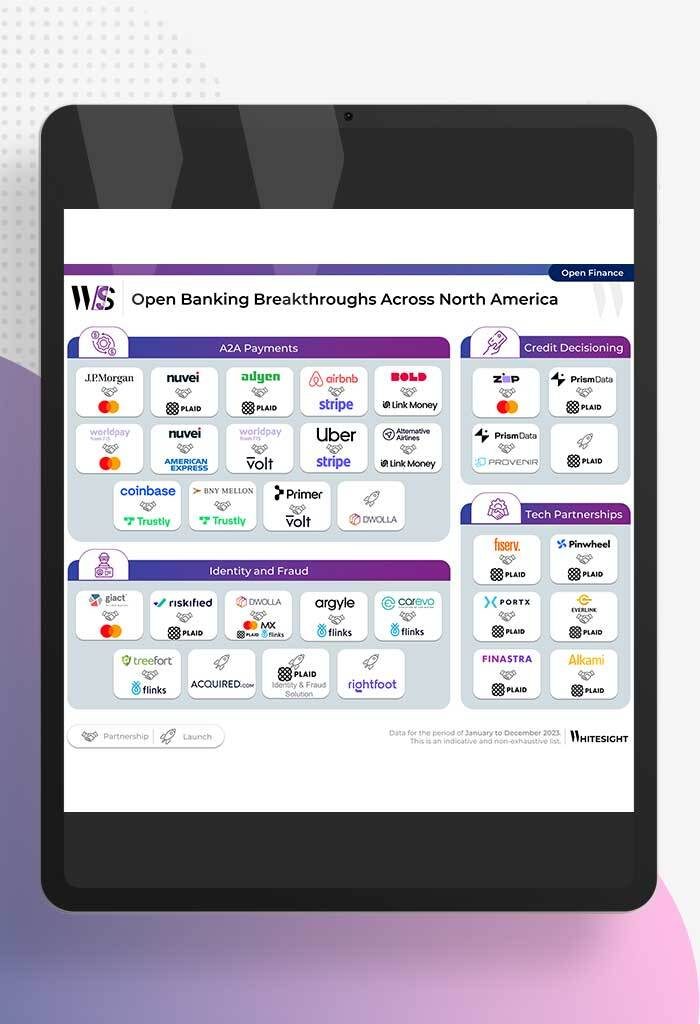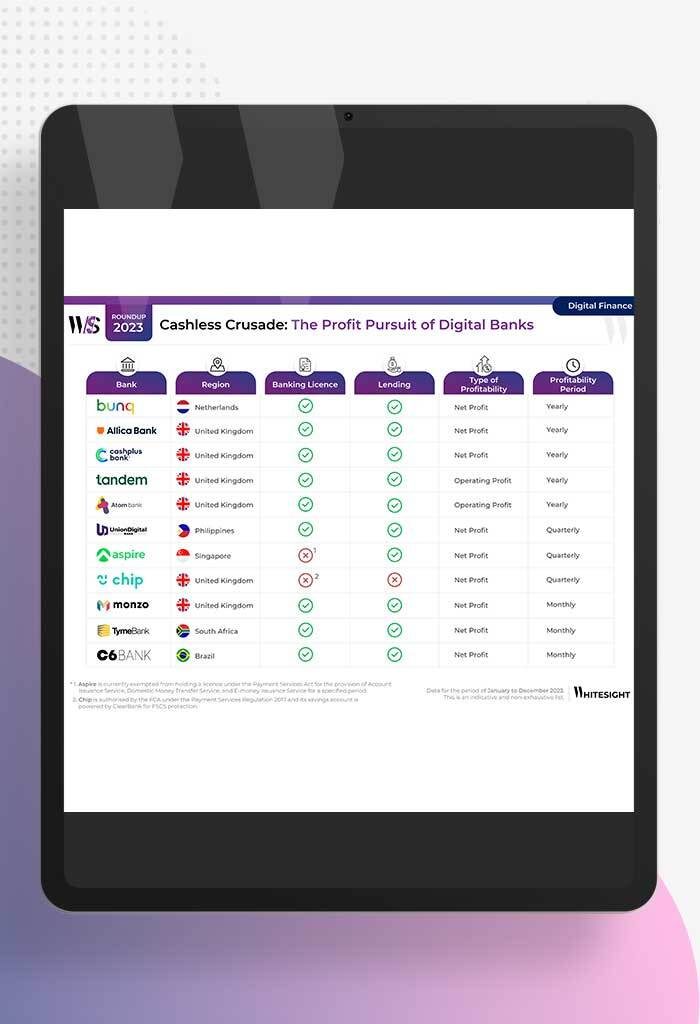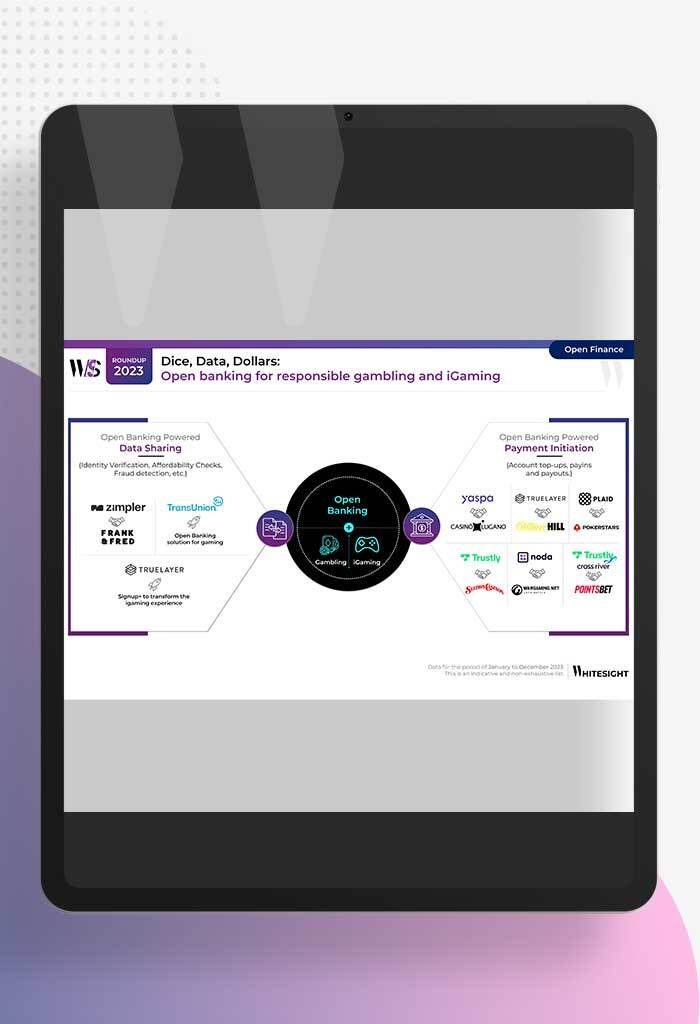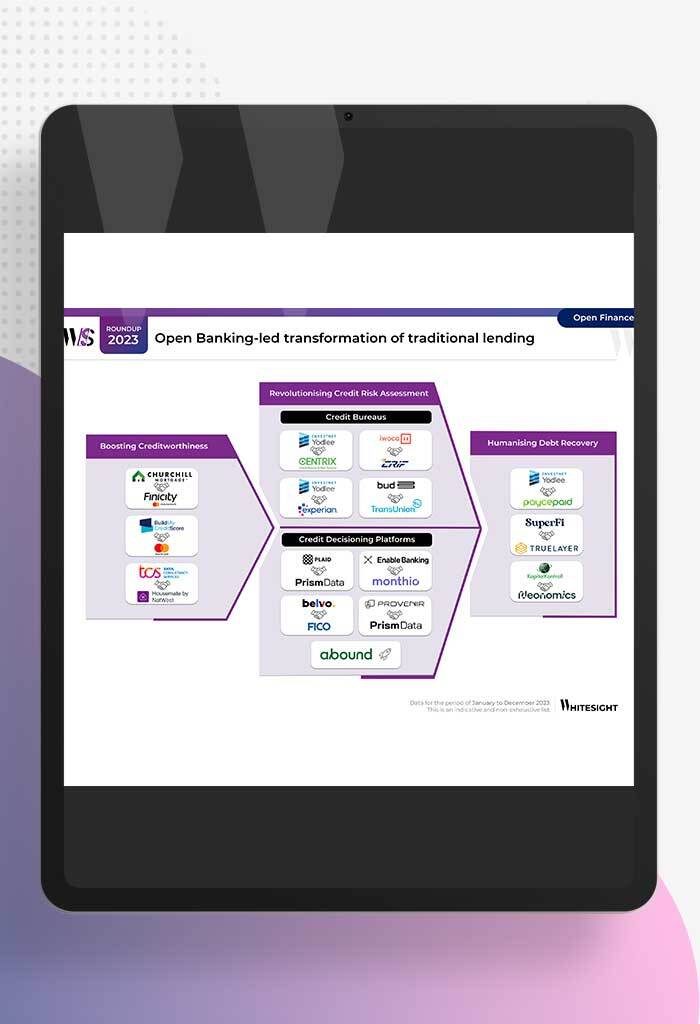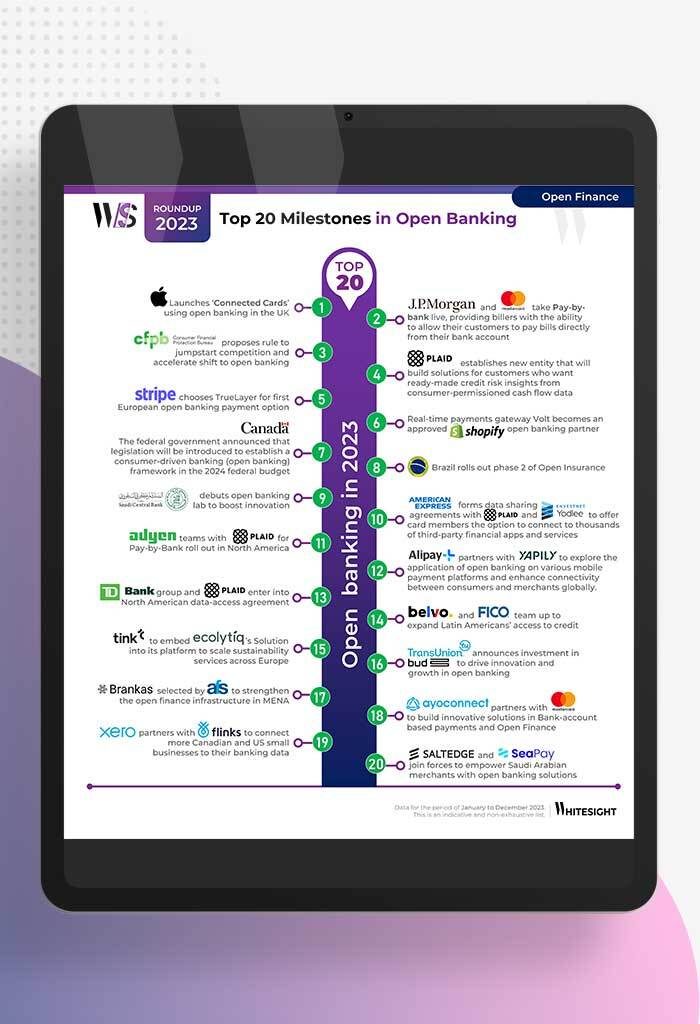An Apple A Day With FinTech In Play
- Sanjeev Kumar and Risav Chakraborty
- 4 mins read
- Fintech Strategy, Insights
Table of Contents
An Apple A Day With FinTech In PlayIn Aug 2018, Apple became the first company in the world to hit a $1T market capitalization, followed by a $2T valuation just two years later and briefly crossed the $3T mark in the month of Jan, 2022. The tech giant had its genesis in the dreams of Stephen G Wozniak, who planned to develop his own computer. In 1976, Apple was co-founded by Steve Jobs, Stephen Wozniak and Ronald Wayne in the Jobs’ family garage – a story that resonates with everyone’s favorite start-up fairytale of a few close friends, a garage, and humble beginnings. Though the release of Macintosh in 1984 was a major milestone for the company, the tech goliath’s leap into prominence can be majorly credited to Steve Jobs’ second stint as the CEO starting 1997. Since the launch of the first iMac in 1998, Apple has always strived for innovation which has reflected in their investment and acquisition strategies. Their partnership with Walmart to launch voice activated grocery shopping via Siri and with Salesforce to facilitate developers build their own native applications are the perfect examples of Apple’s ambitions to actively expand its presence across industries, and also […]
This post is only available to members.
Already a subscriber? Log in to Access
Unlock this blog
Gain exclusive access to this blog alone.
Radar Subscription
Select a membership plan that resonates with your
goals and aspirations.
Not Ready to Subscribe?
Experience a taste of our expert research with a complimentary guest account.
We publish new research regularly. Subscribe to stay updated.
No spam.
Only the best in class fintech analysis.
Related Posts
- Kshitija Kaur and Sanjeev Kumar
From Data Streams to Enriched Data Fountains Remember the early days of plumbing? Water flowed freely, but its quality was...
- Samridhi Singh and Sanjeev Kumar
North America’s Open Sesame: Use Cases Bloom Open banking has garnered significant attention in recent years, and at Whitesight, we’ve...
- Samridhi Singh and Sanjeev Kumar
Profitability Unlocked: Licences, Service, and Survival The rise of digital banks has sparked a paradigm shift in how we perceive...
- Sanjeev Kumar and Risav Chakraborty
High stakes in the gambling sector The online gambling industry is booming, with a projected market size of $107.3B by...
- Sanjeev Kumar and Risav Chakraborty
Open Banking-led Transformation of Traditional Lending In 2023, a wave of innovation swept through the lending industry, thanks to several...
- Sanjeev Kumar
Unmasking Open Banking’s Game Changers in 2023 2023 has been a pivotal year in the world of open banking, marked...
